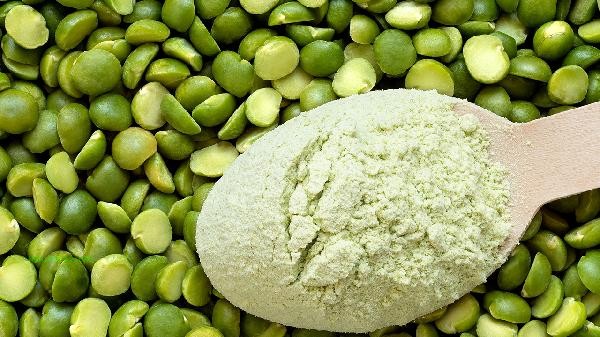Night shift workers can achieve healthy weight loss by adjusting meal times, optimizing food choices, controlling calorie intake, replenishing fluids, and regularly adding meals. The main methods include eating in different time periods, a high protein and low GI diet, avoiding high sugar snacks, drinking plenty of water, and eating small meals multiple times.

1. Eating in different time periods:
Night shift work disrupts the biological clock, and it is recommended to divide the entire day's diet into 4-5 meals. Eat a full meal 2 hours before work, mainly with compound carbohydrates; Add light meals such as Greek yogurt from 3-4 am in the morning; Eat a small amount of sleep aid foods such as bananas after work. Avoid consuming large amounts of calories during the metabolic trough period from 2-5 am.
2. High protein low GI diet:
Choose foods with a glycemic index below 55, such as oats and brown rice, and pair them with high-quality protein such as chicken breast and salmon. A protein content of up to 30% can enhance satiety and avoid night shift binge eating. Typical meal pairing: mixed grain rice+steamed fish+broccoli, with calorie intake controlled at 400-500 kcal/meal.
3. Avoid the high sugar trap:

Night shifts are prone to craving sweet foods due to fatigue, so be wary of fast carbon foods such as sugary drinks and pastries. Refreshing options include sugar free tea drinks, black coffee, and 10 grams of nuts to supplement healthy fat. Research shows that night shift workers should consume less than 25 grams of added sugar per day.
4. Strengthen hydration:
Dehydration is often mistaken for hunger, and it is recommended to drink 100-150ml of water per hour. Lemon or cucumber slices can be added to enhance flavor and avoid sugary sports drinks. When the metabolic rate decreases at night, sufficient drinking water can promote lymphatic circulation and reduce the risk of edematous obesity.
5. Scientific Meal Addition Strategy:
Arrange additional meals 3-4 hours between main meals, with no more than 200 calories per meal. Preferred combination: low-fat cheese+cherry tomatoes, boiled eggs+whole wheat bread slices. Avoid high salt night snack, and prevent sodium retention from causing false weight in the morning.

Night shift weight loss requires special attention to the supplementation of vitamin D and B vitamins, and it is recommended to obtain them through fortified grains and deep-sea fish. During work breaks, you can perform 10 minutes of resistance training such as squatting against a wall to increase resting metabolic rate. Sleep quality directly affects leptin secretion. It is recommended to use blackout curtains to create a dark environment and ensure continuous 4-hour deep sleep. Regular monitoring of body fat percentage can better reflect the effectiveness of weight loss than simply focusing on body weight. The healthy body fat percentage for men is 15-18%, and for women it is 22-25%. When experiencing sustained fatigue or metabolic disorders, it is recommended to consult a nutritionist to adjust the plan.



Comments (0)
Leave a Comment
No comments yet
Be the first to share your thoughts!